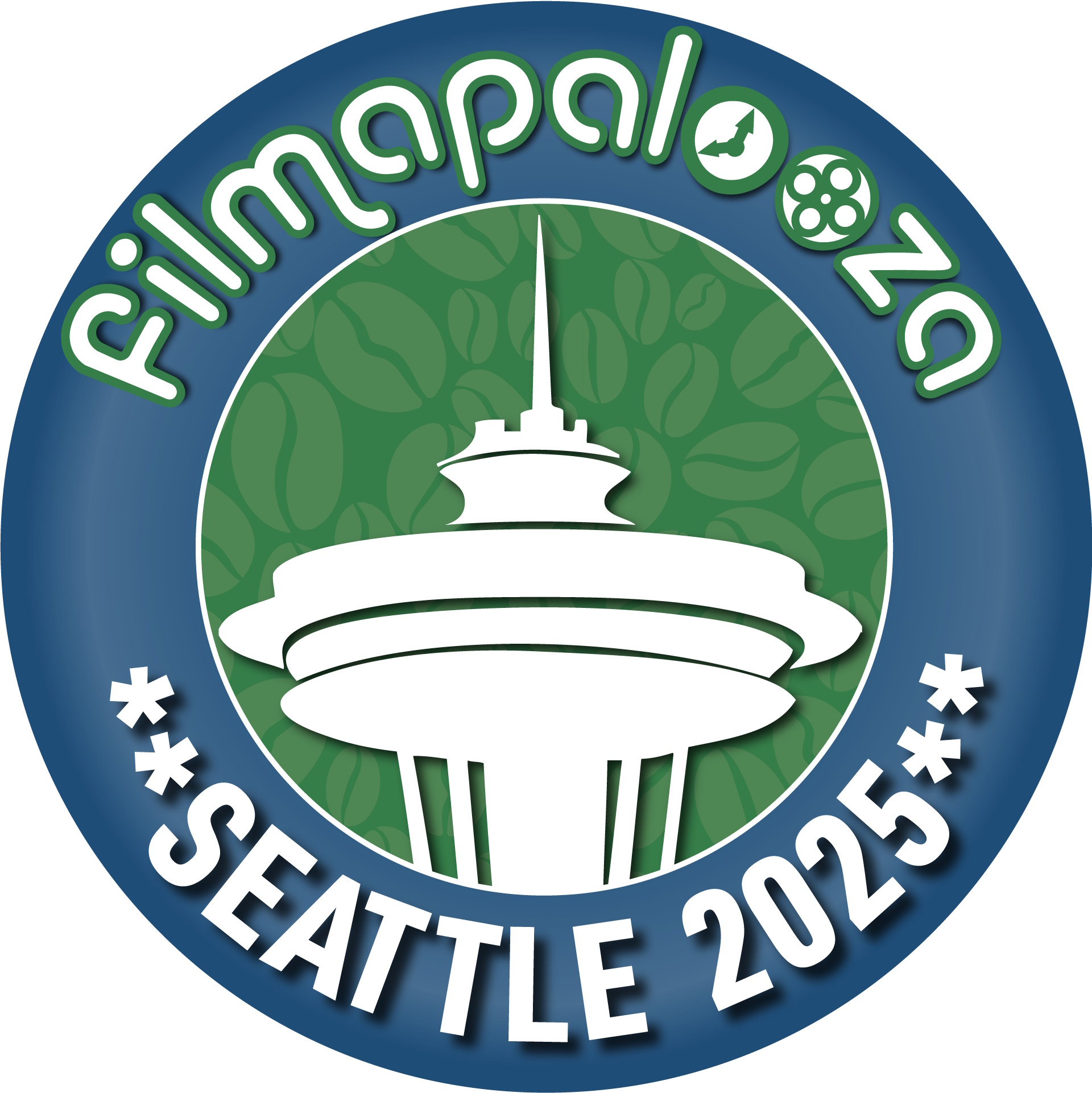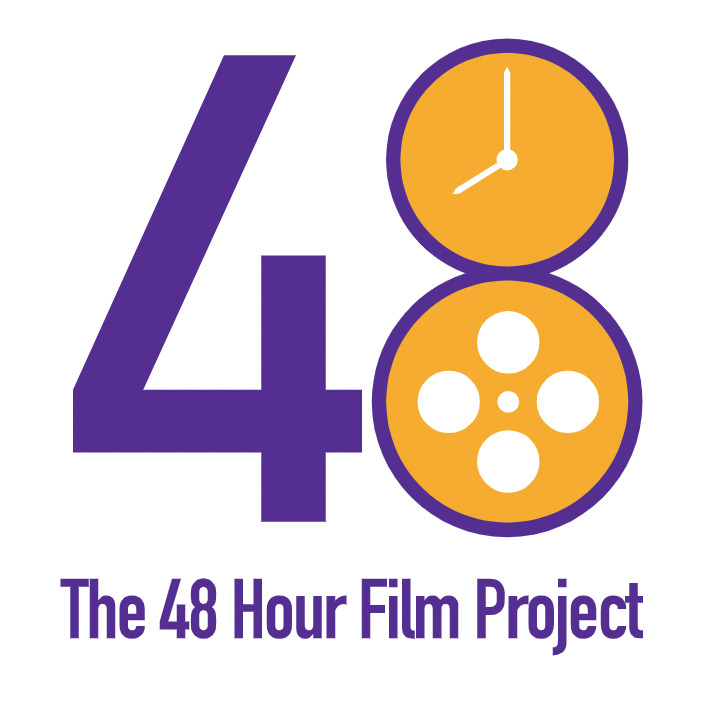Oklahoma 4
Listen to Oklahoma 4, a 34-year-old man from Wyandotte, Oklahoma, United States. Click or tap the triangle-shaped play button to hear the subject.
Both as a courtesy and to comply with copyright law, please remember to credit IDEA for direct or indirect use of samples. IDEA is a free resource; please consider supporting us.
4a:
4b:
BIOGRAPHICAL INFORMATION
AGE: 34
DATE OF BIRTH (DD/MM/YYYY): 1966
PLACE OF BIRTH: Wyandotte, Oklahoma
GENDER: male
ETHNICITY: Caucasian
OCCUPATION: fire department chief
EDUCATION: N/A
AREA(S) OF RESIDENCE OUTSIDE REPRESENTATIVE REGION FOR LONGER THAN SIX MONTHS: N/A
OTHER INFLUENCES ON SPEECH: N/A
The text used in our recordings of scripted speech can be found by clicking here.
RECORDED BY: Shawn Muller
DATE OF RECORDING (DD/MM/YYYY): 23/07/2000
PHONETIC TRANSCRIPTION OF SCRIPTED SPEECH: N/A
TRANSCRIBED BY: N/A
DATE OF TRANSCRIPTION (DD/MM/YYYY): N/A
ORTHOGRAPHIC TRANSCRIPTION OF UNSCRIPTED SPEECH:
[Recording 4A contains a reading of “The Rainbow Passage.” This is a transcription of recording 4B]. An early childhood memory. Let’s see. Both come from the small town that I’m from. Uh, I guess, probably, uh, just participating in the, in the fire department activities. Uh, both my parents were fire — volunteer firemens and, uh, probably just hanging around the fire station and, and you know, it’s always a lot of kids’ dreams to become a fireman n’ stuff. Just bein’ around the trucks and the excitement of, of everything. It was probably one of the things that really stick out in my mind. Oh, there’s been several them. Uh, we — we’ve had a, uh, several wild, what we call wildland fires that were—were very scary at times, uh, and, uh, we’ve also had some structure fires, um that wiped out half of downtown of Seneca, Missouri, that we helped fight and that was pretty, pretty awesome fire. Oh, there’s — it’s always with the crew I have, there’s always funny stories. Uh, I mean, we could sit here all night and talk about funny stories with them. Uh, I got some on there that — you just never know what they’re gonna do or when they’re gonna do it. But, uh, but most of it, we, we try to have fun but we, we have to be professional and serious about it, at the same time, so. But, uh, there’s, uh, there’s always somethin’. I mean, people make, make up the funniest things. You know in life, you run into all different types of peoples, so, it’s pretty much … when we go out, you just never what you’re gonna find. Um, a lot of, uh, most of firefighting training, uh, just all kinds of different classes, ev- everything from tying a rope to actually being inside a burning structure and everything between. Uh, not only fires, but also medical-wise and stuff. We’re either, uh, at least the first responder level or ENT and above. Helping people, just — if you — if you’re not in it to help people, you’re, you’re in it for the wrong reasons, and it’s just the thought of being able to go and, an’ maybe save someone’s life or, you know, help from a fire destroying everything that they own, so, it’s just the thought of, uh, of helping people. Uh, there’s, there’s different ways, uh, depending on the, the type of fire, we have what we call, um, internal attacks, which we actually go inside the house. Uh, sometimes the house is, is too dangerous to put a firefighter in, so then we have to do an exterior attack, which we basically fight it from outside the home. Uh, there’s different trucks we use for different fires. Uh, that’s basically about it. Basically, water is used as a primary source. Uh, you get a petroleum fire such as gasoline or diesel or something, then, then we have to use our foams and, uh, and apply a foam to it in order to knock the fire out. Forest fires, uh, can be — they’re very tricky really. A lot of it depends on humidity and temperatures and, and wind speed pays a big role in it. Uh, most of it’s just getting out in it and, uh, breaking and blowing leaves and just trying to beat a path in front of the fire to stop it once it gets to that …TRANSCRIBED BY: Katie Whalley
DATE OF TRANSCRIPTION (DD/MM/YYYY): 06/05/2008
PHONETIC TRANSCRIPTION OF UNSCRIPTED SPEECH: N/A
TRANSCRIBED BY: N/A
DATE OF TRANSCRIPTION (DD/MM/YYYY): N/A
SCHOLARLY COMMENTARY: N/A
COMMENTARY BY: N/A
DATE OF COMMENTARY (DD/MM/YYYY): N/A
The archive provides:
- Recordings of accent/dialect speakers from the region you select.
- Text of the speakers’ biographical details.
- Scholarly commentary and analysis in some cases.
- In most cases, an orthographic transcription of the speakers’ unscripted speech. In a small number of cases, you will also find a narrow phonetic transcription of the sample (see Phonetic Transcriptions for a complete list). The recordings average four minutes in length and feature both the reading of one of two standard passages, and some unscripted speech. The two passages are Comma Gets a Cure (currently our standard passage) and The Rainbow Passage (used in our earliest recordings).
For instructional materials or coaching in the accents and dialects represented here, please go to Other Dialect Services.
 IDEA: International Dialects of English Archive
IDEA: International Dialects of English Archive




